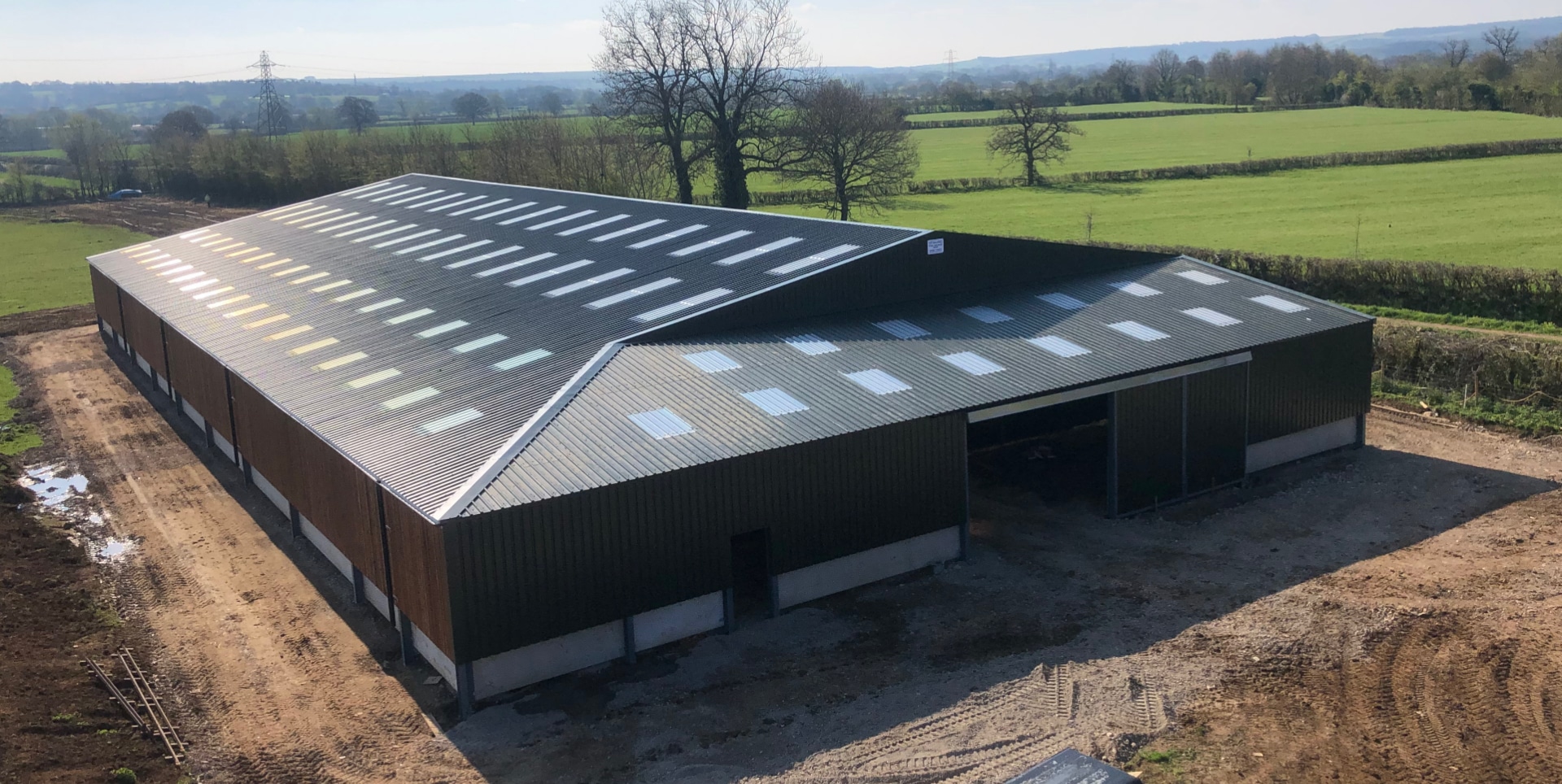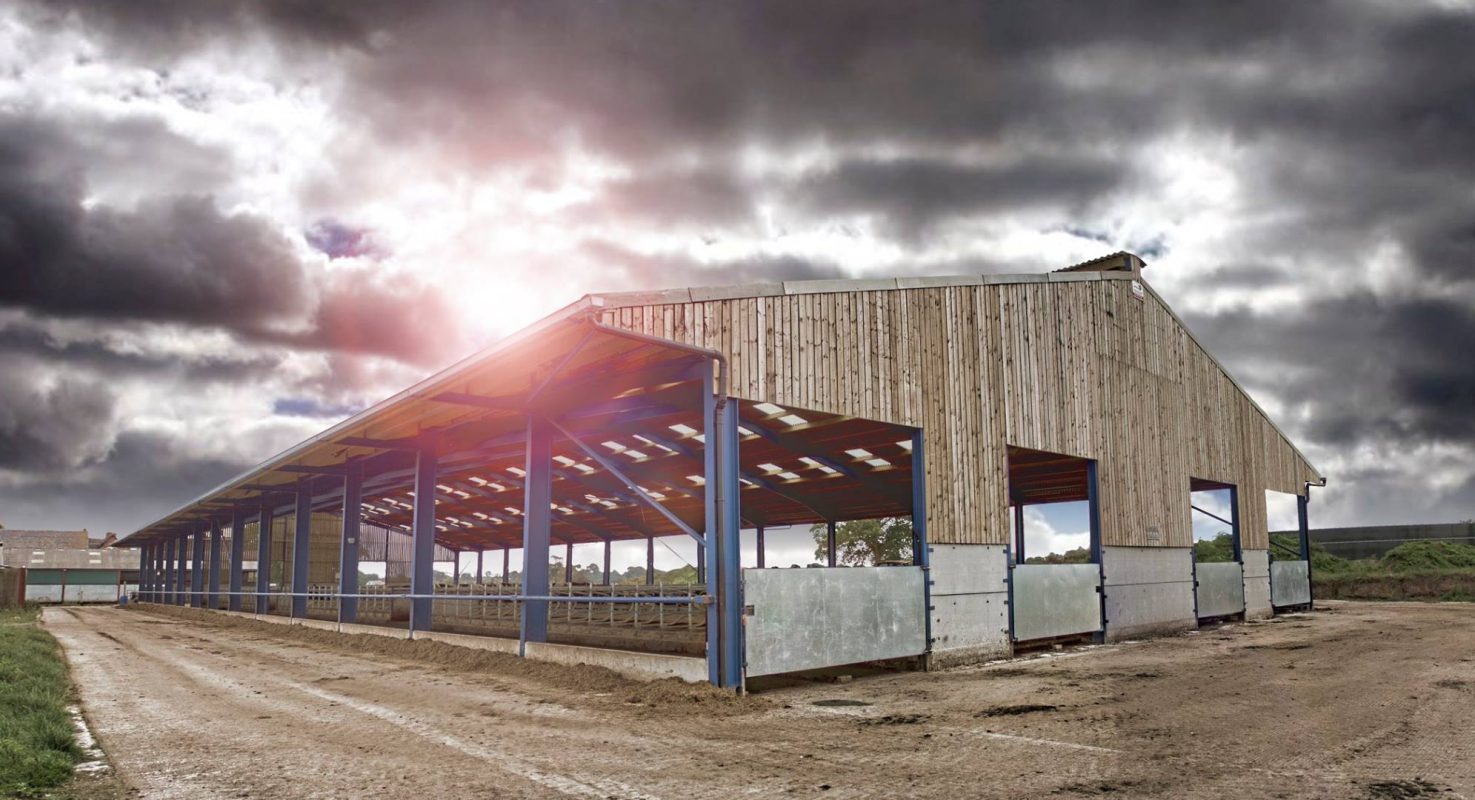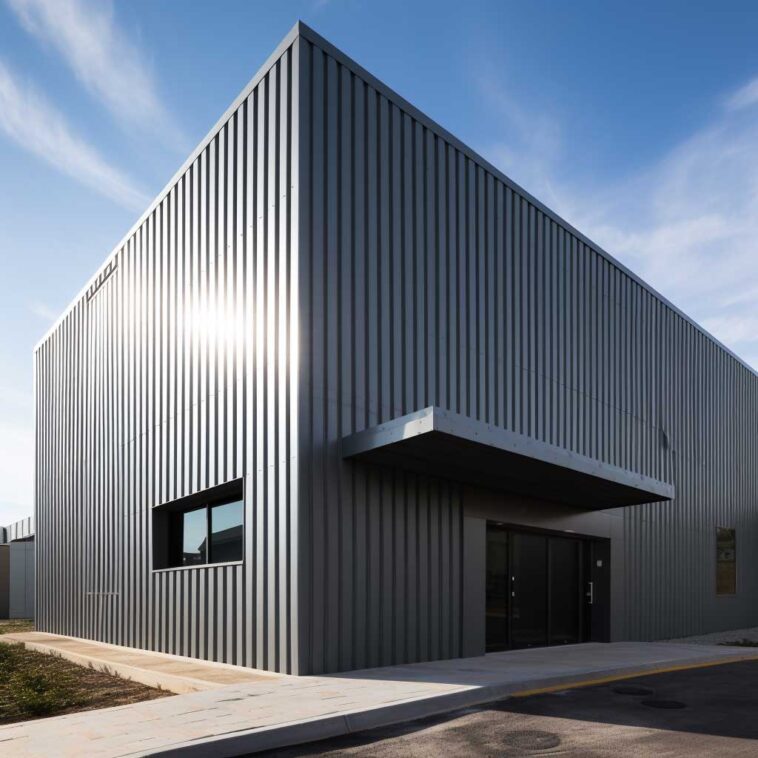In the world of construction, the use of metal buildings is a topic that sparks interest and conversation among various stakeholders. The trend towards metal buildings is not a new phenomenon, but it is certainly gaining momentum. From a business perspective, the usage and benefits of metal buildings are numerous, making them a sensible choice for a variety of applications. Let’s dive into the world of metal buildings and explore the numerous advantages and applications they offer.
Metal buildings refer to structures constructed predominantly with steel or other similar materials. They are known for their durability, adaptability, and speed of construction. The breadth of options for customization and design flexibility make them appealing for a wide range of business applications.
Cost-Efficiency
Initial Costs
One of the foremost benefits is cost-efficiency. The initial cost of erecting a metal building is generally lower compared to traditional construction methods. This cost advantage stems from streamlined manufacturing processes and reduced labor requirements. Pre-engineered buildings are produced in factories and only need to be assembled on-site, saving both time and labor costs.
Maintenance Costs
Over the long term, businesses benefit from lower maintenance costs. Metal buildings are resistant to many of the issues that affect other types of structures, such as pests and decay, leading to reduced maintenance expenses over the building’s lifetime.
Durability and Longevity
Metal buildings stand the test of time with remarkable resilience. They can withstand extreme weather conditions, including high winds, heavy snow, and seismic activities, providing enhanced safety and reliability. This durability translates into longevity, offering businesses a long-term solution for their infrastructure needs.
Sustainability
In the contemporary business landscape, sustainability is not just a buzzword; it’s a vital component of responsible operation. Metal buildings contribute positively to environmental sustainability in several ways.
Material Efficiency
Metal buildings are often made from recycled materials and are themselves highly recyclable. This characteristic reduces the environmental footprint of the structure.
Energy Efficiency
Furthermore, metal buildings can be designed for optimal energy efficiency. Insulated panels and cool roofing systems can substantially reduce energy consumption for heating and cooling, leading to lower utility bills and decreased greenhouse gas emissions.
Versatility and Customization

Design Flexibility
The versatility of metal buildings is another significant advantage. They allow for extensive customization and design flexibility, accommodating the specific needs and preferences of businesses. From warehouses and factories to retail centers and offices, metal buildings can be tailored to a wide range of commercial applications.
Expansions
Their modular nature also allows for easy expansions and modifications, facilitating business growth and adaptation to evolving needs.
Speed of Construction
Time is a crucial factor in the construction process, and metal buildings offer the advantage of rapid construction. As many components are manufactured off-site, on-site assembly is quicker, allowing businesses to commence operations sooner and realize a faster return on investment.
Applications
Warehousing and Storage
One of the most common applications of metal buildings is in warehousing and storage. Their expansive, open spaces, with minimal need for support columns, maximize usable space and facilitate efficient storage and movement of goods.
Manufacturing Facilities
In the manufacturing sector, metal buildings provide the robust and versatile infrastructure needed to house machinery, equipment, and personnel.
Retail Spaces
For retail businesses, metal buildings offer customizable, aesthetically pleasing solutions, capable of accommodating showrooms, stock areas, and more.
Agricultural Buildings

In agriculture, metal buildings serve as efficient and durable solutions for equipment storage, livestock housing, and other farming needs.
The Future of Metal Buildings in Business
As businesses adapt to the demands of the 21st century, metal buildings are poised to play a significant role in various sectors. Let’s explore the outlook and emerging trends that might shape the future of these in the business landscape.
Technological Integration
In an age where technology permeates every aspect of business, metal buildings are no exception. The integration of smart technology into these is a developing trend. This integration allows for enhanced efficiency and automation, ensuring buildings are not only structurally sound but also technologically advanced. Businesses can integrate systems for energy management, security, and other operational aspects, ensuring the metal building is as cutting-edge as the business it houses.
Green Building Trends
Green building and sustainable construction trends further augment the appeal of metal buildings. Businesses are increasingly recognizing the value of eco-friendly operations, not only for the environment but also for their reputation and bottom line. As these offer significant advantages in terms of energy efficiency and use of recycled materials, they align well with the green building movement, making them a future-ready choice for businesses committed to sustainability.
Adaptability to Market Needs
The adaptability of these to diverse market needs and sectors further underscores their future relevance. As businesses evolve, expand, and diversify, the ability to customize and adapt the infrastructure becomes essential. Metal buildings, with their modular design and extensive customization options, are well-equipped to meet these evolving needs, ensuring businesses have the infrastructure that keeps pace with their growth and diversification.
Resilience Amidst Changing Climates
In a world grappling with the impact of climate change, the resilience of metal buildings to extreme weather events stands out as a significant advantage. Businesses are increasingly seeking infrastructure solutions that are robust against varied climatic conditions, ensuring continuity and reliability of operations amidst uncertainty. Metal buildings, known for their durability and ability to withstand diverse weather conditions, meet this need, making them a resilient choice for the future.
Challenges and Considerations
While the benefits of metal buildings are extensive, businesses should also consider potential challenges and ensure comprehensive planning to mitigate them.
Zoning and Regulatory Compliance

Businesses must navigate zoning and regulatory requirements, ensuring the metal building complies with local codes and standards. Engaging with knowledgeable professionals and conducting thorough due diligence is crucial to ensuring compliance and smooth project execution.
Site-Specific Conditions
Site-specific conditions, including terrain, accessibility, and other factors, must be considered in the planning and construction phases. These considerations impact the design, construction process, and overall project success.
Skilled Labor
The construction of metal buildings requires skilled labor, particularly for specialized tasks. Ensuring the availability of skilled professionals is essential to maintain construction quality and timelines.
Conclusion
In summary, from a business perspective, the usage and benefits of metal buildings are extensive, touching on crucial aspects like cost-efficiency, durability, sustainability, versatility, and speed of construction. Their adaptability to a wide range of applications, from warehouses to retail centers, positions them as a smart investment for various sectors.
By choosing metal buildings, businesses not only invest in robust and reliable infrastructure but also make a positive contribution to environmental sustainability. The economic and environmental advantages make metal buildings a compelling choice, capable of driving business success and fostering responsible operation in the contemporary commercial landscape.




